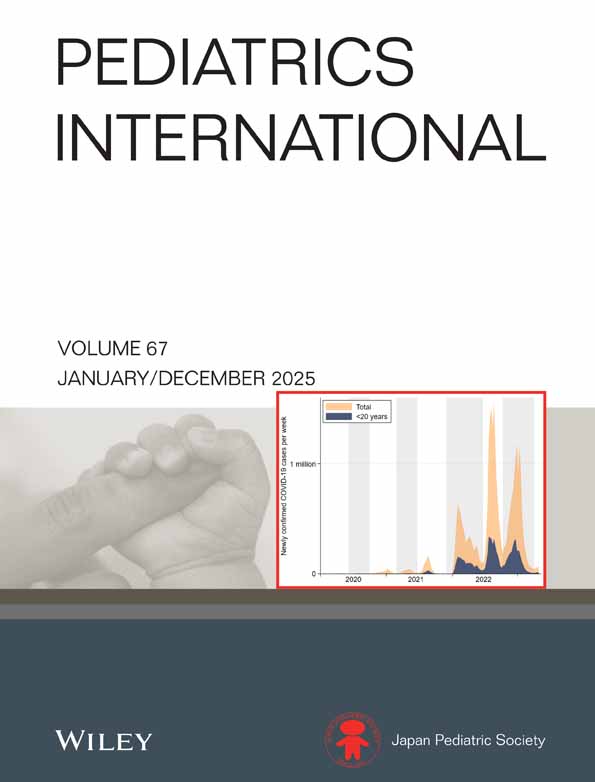Risk factors for nutritional rickets among children in Kuwait
Abstract
Abstract Aim: To assess the risk factors for nutritional rickets among children in Kuwait.
Methods : One hundred and three children with rickets and 102 control children matched for age and socioethnic characteristics were recruited over a 2 year period (January 1995 to January 1997) in Al-Adan Hospital in Kuwait. Diagnosis was made on clinical, radiologic and biochemical parameters. A specially designed questionnaire was administered by one of the investigators to both mothers of patients and mothers of control subjects to assess the role of social, nutritional and other related factors in the pathogenesis of nutritional rickets. Biochemical investigations included estimation of hemoglobin, serum calcium, serum phosphorus, serum alkaline phosphatase and serum 25-hydroxy vitamin D.
Results : The mean birthweights of rickets patients and control subjects were 3.20~0.46 and 3.19~0.45 kg, respectively. At the time of diagnosis, bodyweights of the patients and controls were 9.36~1.50 and 10.15~2.10 kg, respectively. Heights at the time of diagnosis were 73.58 and 77.24 cm for the patients and the controls, respectively. Mean hemoglobin, serum calcium and serum phosphate were significantly lower in the patients compared with the controls. Alkaline phosphatase was higher among the patients (P<0.0001). The mean serum 25-hydroxy vitamin D level of the patients was 26.5 nmol/L, compared with 83.5 nmol/L in the controls. The mean age of starting semisolid feeds for the patients was 8.12 months, compared with 5.7 months in the controls. The nutritional quality of semisolid feeds was adequate among 71.6% of the controls as opposed to 13.6% of the patients.
Conclusion : Nutritional rickets is a multifactorial condition. However, several factors seem to make important contributions. Among these, lack of exposure to sunlight, prolonged breast feeding without supplementation and inadequate weaning practices are important. Maternal education is important as it can influence all of the above factors.




